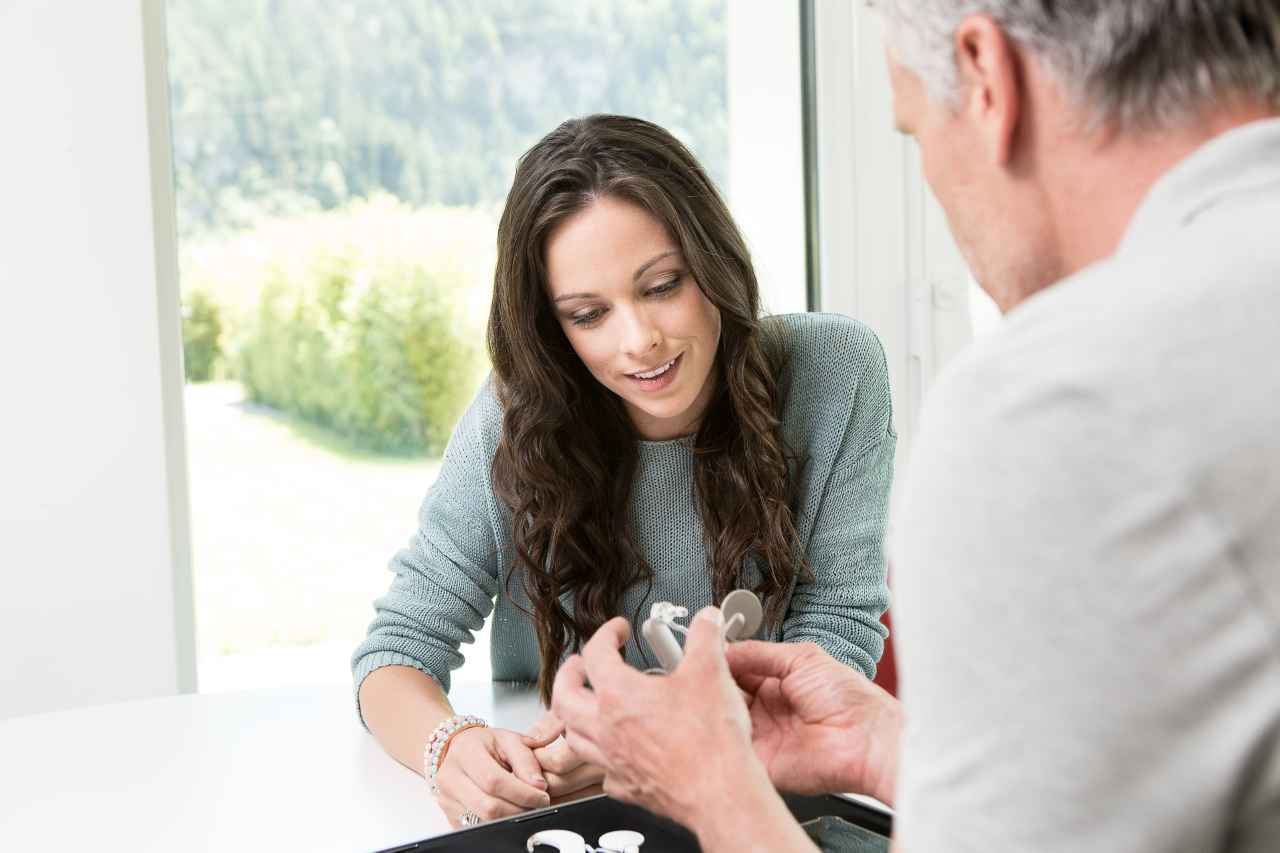MED-EL
Published Jun 03, 2016
Getting Ready for Cochlear Implant Rehabilitation

Cochlear implant rehabilitation is one of the most important factors when it comes to hearing well. If you’ve just had your cochlear implant turned on, there might be lots of thoughts going through your head.
Hearing with a cochlear implant isn’t the same as natural hearing, and you might be hearing sounds that seem tinny, robotic, or mechanical. Many recipients report that on the first day, voices sound like “Donald Duck” or “Mickey Mouse.”
If you’re in this stage, here are some tips that will give you support and get you started on the right foot towards cochlear implant rehabilitation.
Believe in Your Brain
Your brain has amazing abilities. When presented with something new, like the electric stimulation from a cochlear implant, it has the cognitive capacity to adapt. The more time you spend hearing and listening with your cochlear implant, the more your brain will learn about how sounds sound with a CI—and the better you’ll understand them.
Stay Positive
It can take anywhere from a few months, to years, for you and your brain to adapt to the sounds of a cochlear implant. It’s different for everyone and varies depending on lots of factors. If it is taking longer than you expect, and you’re wondering whether you should have even gotten an implant, stay positive. Again, the more rehabilitation you do—the more you talk with your audiologist or other rehabilitation professionals—the more opportunities you’ll give your brain to understand your cochlear implant’s sounds.
Be Assertive, and Participate
The most important person in your hearing journey is you. Other people can’t force you to engage in conversations, listen to music, talking on the phone, or being generally social. Avoiding situations like these are all common behaviors for someone with hearing loss, and even recent cochlear implant recipients.
If you want to improve your hearing, it starts with you. Understanding a cochlear implant relies a great deal on how much time you spend actively listening to voices and other sounds. So get out there! Don’t be afraid of potential mistakes or misunderstandings, because these have happened to other recipients and may happen to you. There are ways to get around difficulties in conversation, but you can’t have difficulties—or successes—if you don’t have the conversation in the first place.
Find a Rehabilitation Buddy
You’re not alone. People receive cochlear implants every day, and there are thousands more who are currently doing their own rehabilitation program. By connecting with them, you can help each other grow and develop your skills. Ask your audiologist if there is a local group of cochlear implant recipients, or visit the HearPeers forum or our Facebook page to connect with recipients like you through the ease of your computer, phone, or tablet.
Learn about Assistive Listening Devices
Assistive listening devices, or ALDs, are technologies that can help you get closer to sounds. These include things like remote microphones, telecoil neckloops, or FM systems. There are lots to choose from, and each one has its own specialty. By learning about and using ALDs, you can make sure that you’ll get the most out of your hearing and rehabilitation exercises.
Here’s some information you can use to learn about the right ALD for a different situation:
Was this post on cochlear implant rehabilitation useful for you? Subscribe to the MED-EL blog to get weekly rehabilitation tips & tricks to help you throughout your hearing journey!
This post was written with help from Janani Jeyaraman, a rehabilitation specialist at MED-EL.
MED-EL
Was this article helpful?
Thanks for your feedback.
Sign up for newsletter below for more.
Thanks for your feedback.
Please leave your message below.
Thanks for your message. We will reply as soon as possible.
Send us a message
Field is required
John Doe
Field is required
name@mail.com
Field is required
What do you think?
MED-EL


